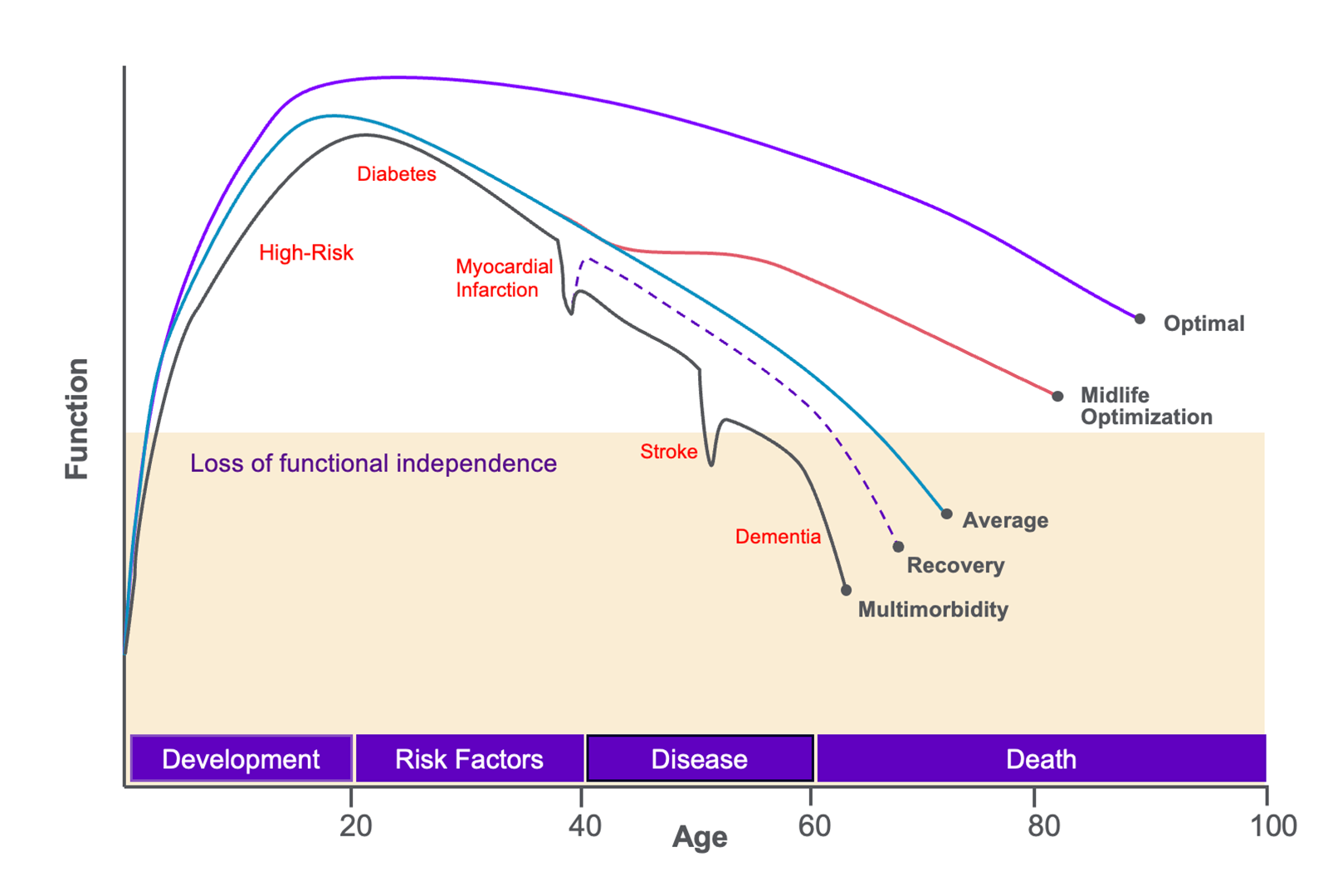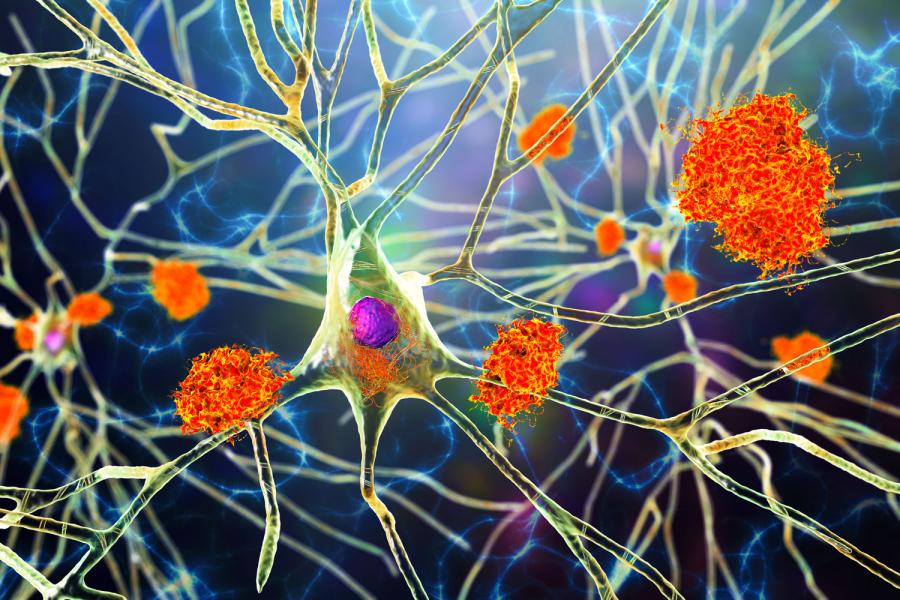Optimal Aging Institute

It’s estimated that by 2030, one in five Americans will be over age 65, with the number of adults over 65 surpassing the number of children under 18 by 2034. But while aging is inevitable, NYU Langone Health’s Optimal Aging Institute asserts that many of its consequences can be prevented.
Formed in 2023, the institute holds the central tenet that aging-associated declines are not inevitable and should not be accepted as “normal.” Our institute aims to advance the science of aging, identify core mechanisms underlying optimal health and their dysregulation with aging, and translate these insights to improve health and prolong lives.
Our mission is to build a hub that creates and connects world-leading, cross-disciplinary teams of scientists and clinicians aimed at fueling research through the generation, dissemination, and utilization of shared resources.
Our goal is to develop a population-based incubator for research that will connect leaders in the field of aging and enable studies that move from observational epidemiology to biobanking, biomarker discovery, molecular research, and clinical trials that inform risk factor prediction, prevention, intervention, and policy changes.
What Is Optimal Aging?
Aging is often accompanied by multiple chronic diseases including dementia, heart disease, kidney disease, osteoporosis, and cancer. By studying the causes of age-related disease and functional decline, our institute views “optimal aging” across the lifespan, realizing the power and potential impacts of prevention and intervention—be it behavioral, dietary, clinical, and/or pharmacologic—at nearly any stage.

If you look at physical and cognitive function on the vertical axis and lifespan across the horizontal axis, there are certain epochs that define our lifespan: development in the first 20 years, followed by a period where particular risk factors influence the rate at which our function declines. Diseases often present in the next 20 years, and most individuals die after 60.
The “average” person has two periods in life—early and late—where they have a lower level of functional independence and require assistance. Their function increases for the first 20 or so years, followed by a slow decline barring any major health conditions.
The goal of optimal aging is to attain a higher level of function and a slower rate of decline through life, striving to live longer and sustain functional independence and quality of life into later years, with meaning and joy.
Many individuals (“multimorbidity”) are at high risk for developing diseases such as diabetes that predispose them to other conditions and may sustain a cardiovascular event (such as myocardial infarction or a stroke) that causes an abrupt decline in function. Later in life, they may develop additional comorbidities (such as dementia), accelerating their functional decline until they ultimately die with multiple comorbid conditions. However, with excellent care, medications, and lifestyle changes, individuals who sustain a cardiovascular event can recover more fully and live a longer life (“recovery”).
NYU Langone’s integrated care is well-positioned to maximize recovery as well as disease prevention. With research into risk factor prediction, lifestyle alterations, and management of conditions, individuals can adopt changes—including diet, exercise, medications, and reduction of harmful behaviors at any point in life (“midlife optimization”)—that can change their trajectory and may lead to sustained functional independence and a slower decline.
Our Team

Our Research

Related News

Chronic Kidney Disease Is the Ninth Leading Cause of Death

Gap Between Two Kidney Function Tests Predicts Health Risks

Mignone Women’s Health Collaborative Launches

Treating Hearing Loss May Reduce Isolation Among the Elderly

American Dementia Cases Estimated to Double by 2060

Secrets of Longevity: ‘The Bone Whisperers’

Control High Blood Pressure to Ward off Alzheimer’s Disease

Six Ways We’re Making a Difference for Senior Patients
